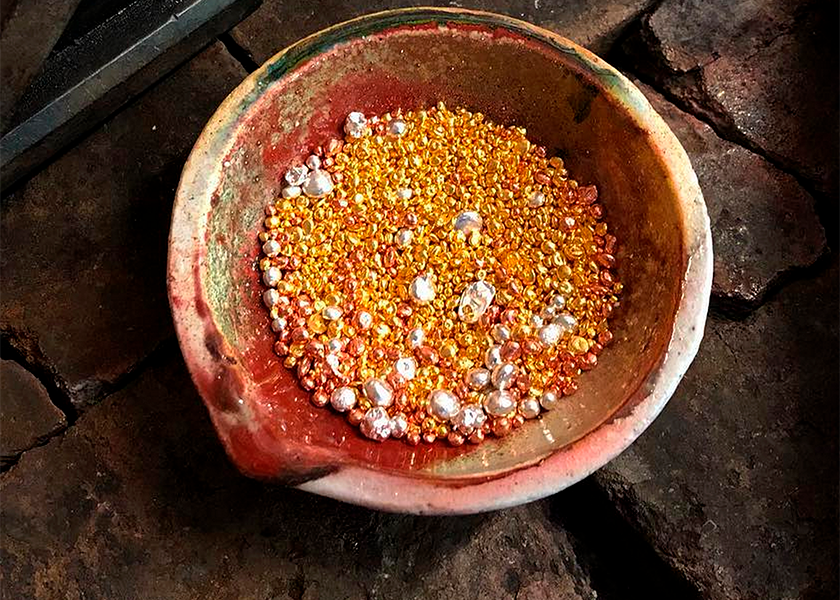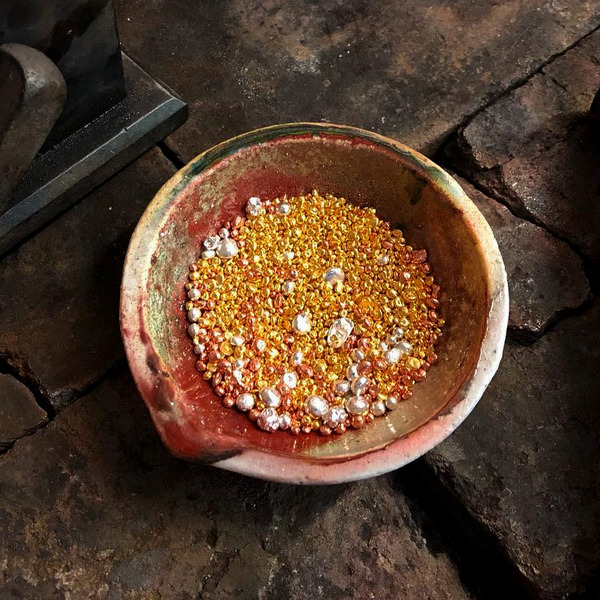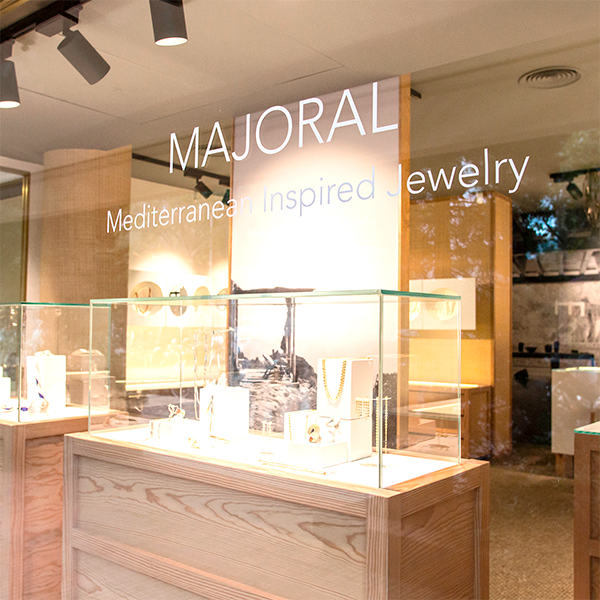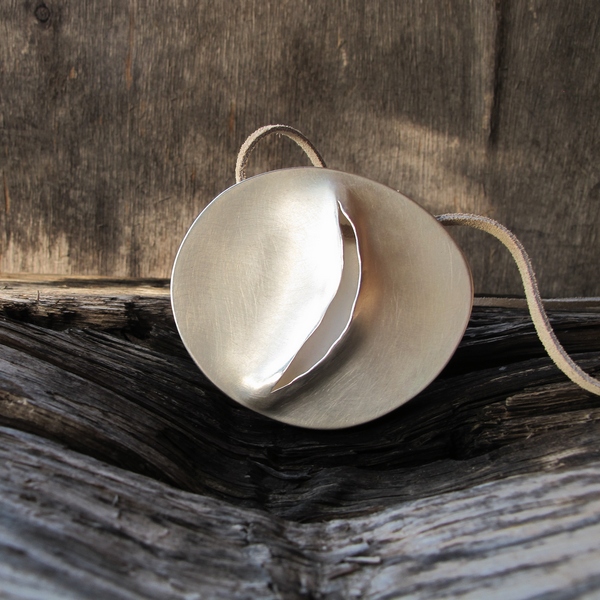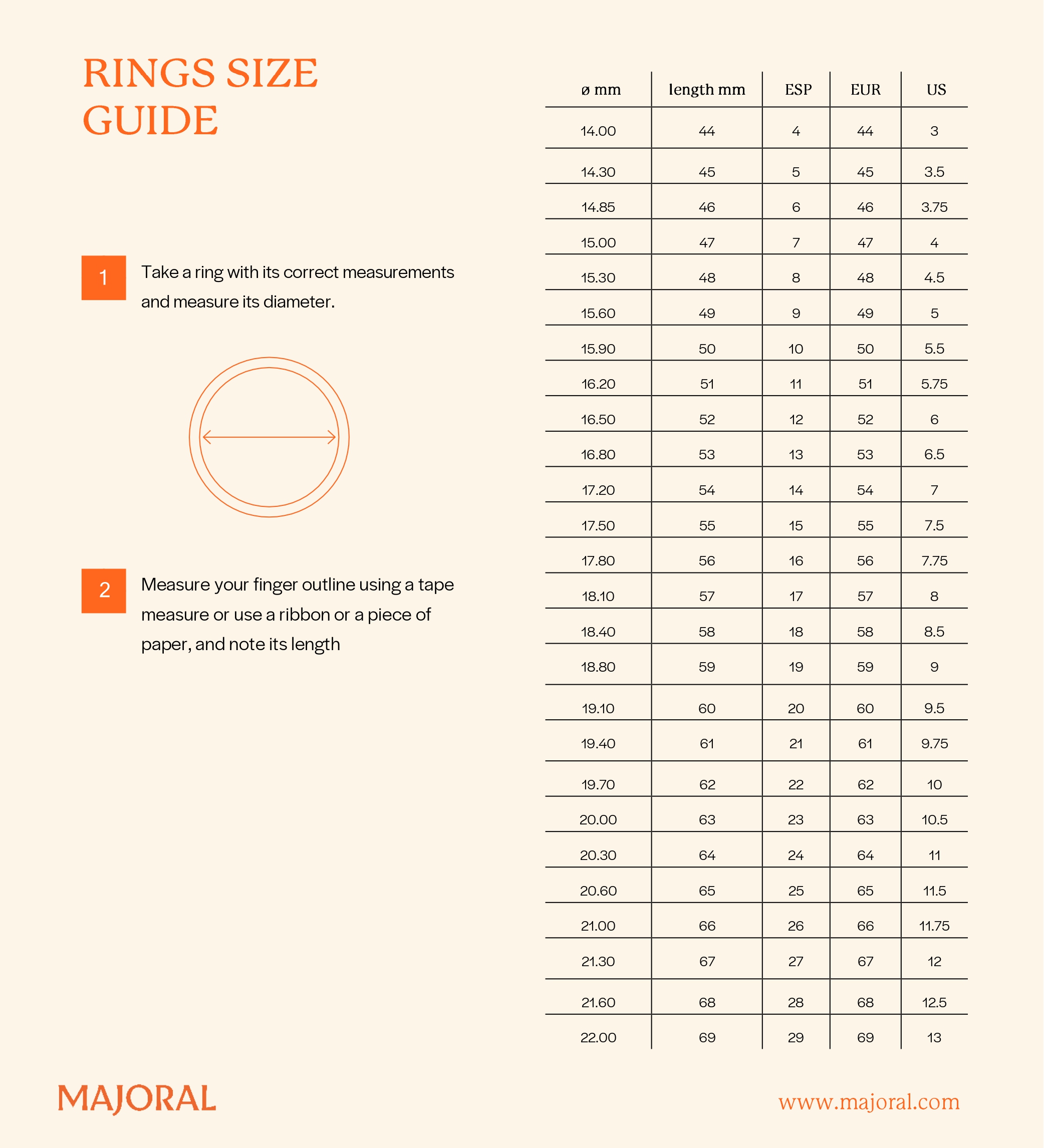A ductile, stainless, malleable and surprisingly shiny material; gold, due to its properties, has become one of the most-valued and sought-after precious metals by mankind. These unique properties of gold have made it an emblem of power and wealth for thousands of years. However, at the same time, it has also been given a great symbolic meaning.
Although gold has been used for very many purposes throughout history, jewellery has always been the field that has known how to give this unique precious metal a meaning capable of going beyond its very exclusiveness. Its physical characteristics make gold a small miracle of nature and it possesses many little-known peculiarities. In this article, from Majoral we take a brief sojourn to discover some curiosities of gold.
Why is gold stainless?
Gold is one of the few precious metals on planet Earth that is stainless. This means that contact with the environment (oxygen) does not alter or transform the body of gold. The main reason why gold does not oxidise is because it does not combine. The energy electrons of gold are equally balanced so that they do not require oxygen and nor do they associate with it.
Thus, pure gold does not need to associate with other chemical elements. Nevertheless, on being such a malleable material, it is often mixed with different alloys such as copper, nickel, silver or zinc. In this case gold can indeed oxidise.
How is the purity of gold measured?
The purity of gold is measured in carats, a unit of mass that determines the level of purity of precious metals. In the case of gold, 24 carats is the maximum purity it can have. So, for example, 18-carat gold will possess 18 parts of gold and 6 of other materials.
24-carat gold is known as pure gold. To check whether gold is pure or not, three tests are usually undertaken: one of density, one of electroconductivity and one of resistance to acid.
What role has gold played in the mythology of the civilisations of the world?
Although today the symbolism of gold is mainly expressed through jewellery, throughout history this precious metal has had many meanings. It has also become a leading element in the field of mythology. For example, in Ancient Egypt gold was used to cover the casings of tombs, called “houses of gold”. In fact, in the mythology of Ancient Egypt it was considered that the skin of the gods was made of gold.
In the case of the Hindu civilisation, gold has been linked historically with the creation of the world. According to Hindu mythology, life emerged from a small seed of gold from which grew a golden egg, as bright as the sun. From this egg Brahma was born, the creator god according to Hinduism.
Regarding Ancient Greece, gold features in the legend of King Midas. According to the epic poem, King Midas helped Silenus, friend of Dionysus, who arrived to his kingdom drunk. Silenus wanted to return Midas’s kindness and rewarded him with a desire. Midas wished that everything he touched would be turned into gold, and this wish was granted, but then the food he touched also turned into gold, stopping him from eating and drinking.
Why is gold represented with the “Au” symbol in the periodic table?
Gold is a chemical element and forms part of the periodic table. Its atomic number is 79 and its symbol are the letters “Au”. These letters come from the Latin “aurum”, which means the brightness of daybreak.
Why has gold become such a valuable material?
There are several reasons that explain the fact that mankind has given gold such high value, both economic and symbolic.
On the one hand, gold is a finite material and hard to extract from the planet Earth. It is a rare material and this, historically, has made it valuable. Its physical characteristics have also made it a much sought-after material. The fact that it is stainless, malleable, resistant and shiny have made it a useful and valuable material for many applications, not only in jewellery. Finally, historically gold has represented a symbol of power and exclusiveness. Socially, it has been considered as a valuable element in the majority of the civilisations of the world.
Where is gold found and why is it important to extract it responsibly?
Despite being a rare material, gold is found on the five continents of the world. However, Africa is where more gold and other materials are mined. It is calculated that beneath the ground in Africa there is 40% of the continental stocks of gold in the world. In Latin America, especially Peru, there is also high mining production of gold.
The value of gold is not due to its scarcity, but to the complexity of obtaining it, above all that found hundreds of metres beneath the ground. Curiously, it is worth pointing out that it is estimated that there are more than 9,000 million tons of gold on the ocean beds.
The complexity of extracting gold from the mines has led to the development of techniques that endanger the environment. The main method of extraction used today is based on mixing a cyanide solution between the fine rocks that may contain gold. This method ensures the separation of the gold from the rock. A zinc solution is also added during the process, which produces chemical waste. This method of extraction, despite being efficient, represents a great risk in the pollution of the mines and their natural environment.
However, examples like those developed by the Alliance for Responsible Mining (ARM) shows that it is possible to extract gold profitably and sustainably. The Fairmined certification issued by the ARM certifies that gold has been extracted with certain requisites that respect the environment and the working conditions of the miners.

The Posidònia Collection of Majoral is made with 18k recycled gold RJC
What other uses, apart from jewellery, does gold have?
The relationship between gold and jewellery is widely known. But did you know it is also used in sectors such as the car industry, electronics and medicine?
For example, gold is used in the electronic contacts that activate and deactivate the airbags in cars. Gold is also used to cover parts of the interiors of spacecraft, and in telescopes in order to avoid them oxidising. Many of the chips in smartphones and computers have gold particles due to its resistance in connections. In the medical sector, gold can be used for the treatment of arthritis and even against cancer. Its resistance, malleability and conductivity make gold a unique material, a small miracle of nature!
